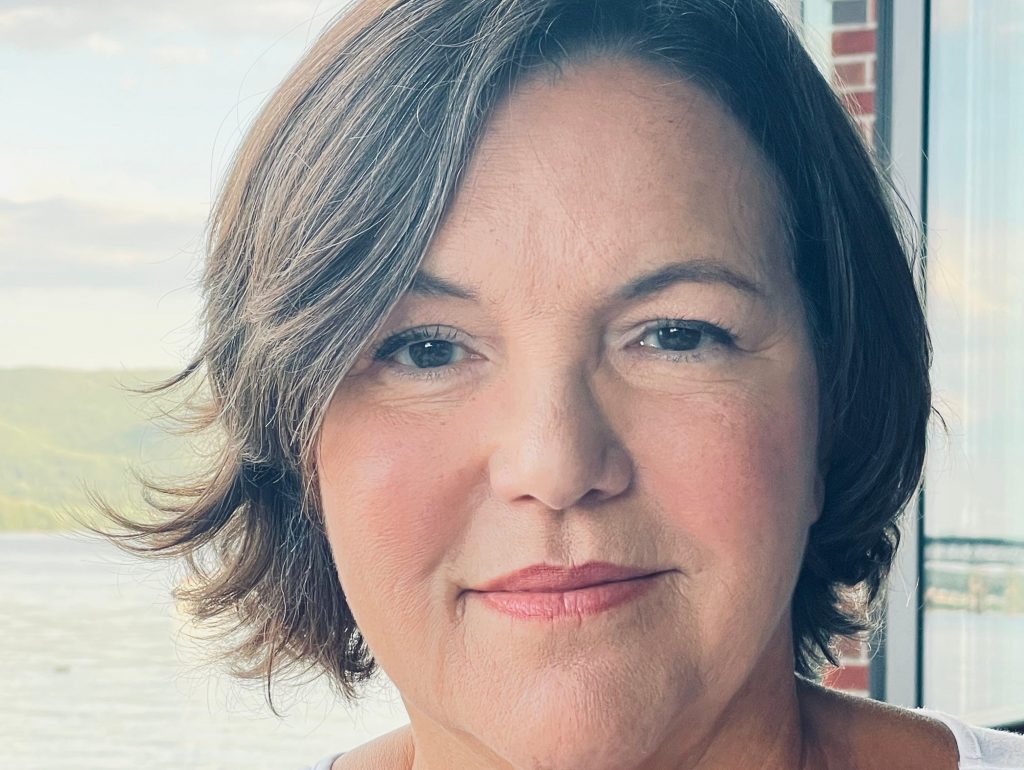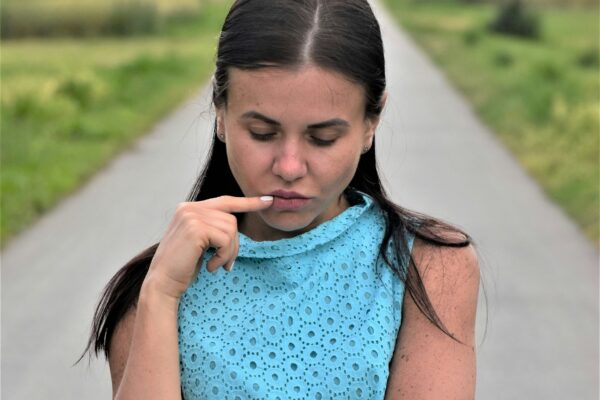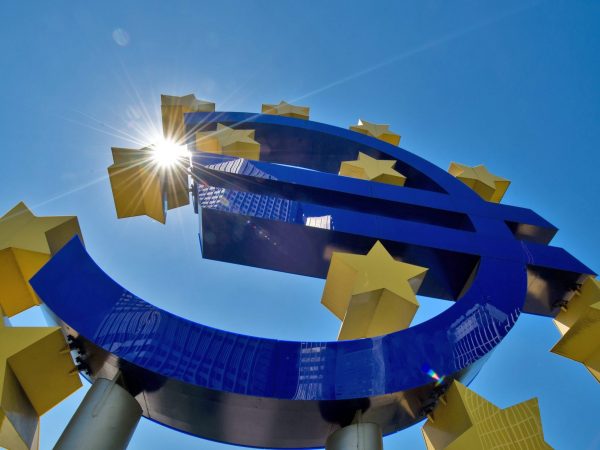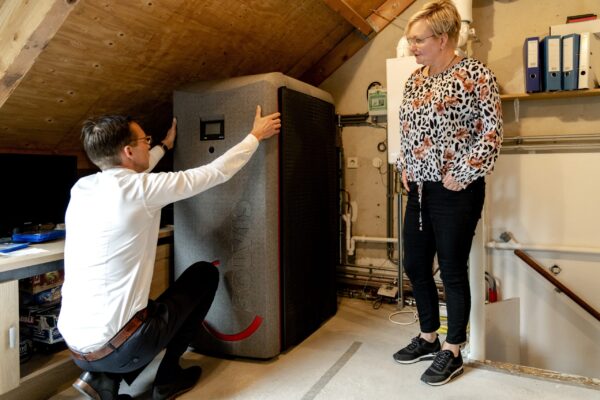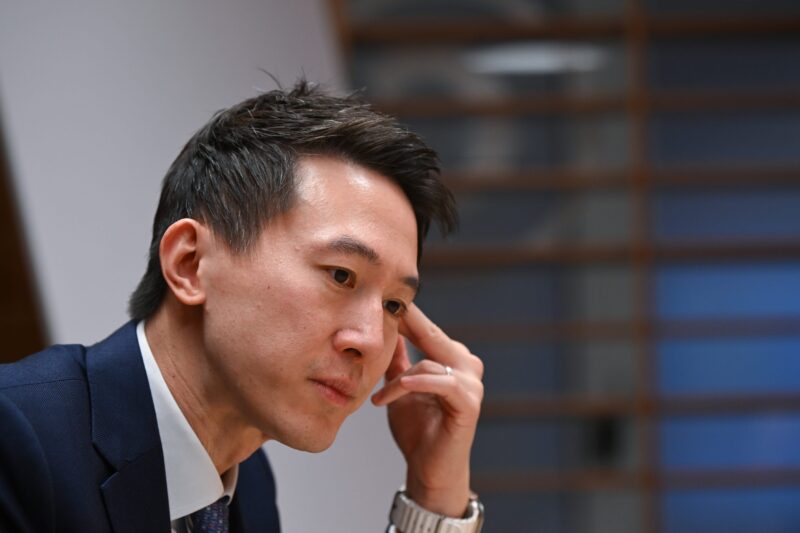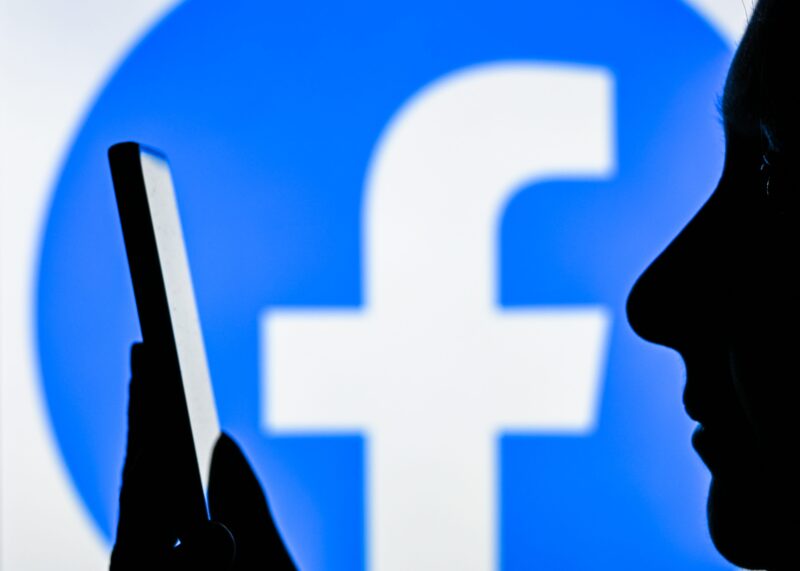- After a home DNA test, Christine Jacobsen was shocked to learn that she had Black heritage.
- Piecing things together, she concluded her mother had met her birth father at a swingers party.
- Jacobsen has connected with her biological family and learned more about her father and heritage.
In 2016, Christine Jacobsen decided to take an at-home DNA test. Both of her parents had immigrated to the US from Denmark, she said, and she was curious about her heritage.
"I expected the results to show that nearly all of me was Danish," Jacobsen, who was 64 at the time of her Ancestry.com test, told Insider. But to her shock, her pie chart estimated that a quarter of her DNA came from West Africa. The Ancestry matches she received were far too distant to help find any close relatives.
So two years later, she did a similar test using 23andMe, which matched her with a Black woman the company identified as a likely first cousin. The women compared their shared DNA and set up a family tree, quickly concluding that her biological father was brothers with the woman's father.
Jacobsen said the people she told about the discovery found it difficult to believe. "My skin is light," she said. But the results surfaced a long-buried family conflict about her paternity.
Jacobsen's mother's boyfriend raised the issue of her paternity
Now 70, Jacobsen grew up in a New York City household where "there was always a level of dysfunction," she said.
"It was the '50s and '60s, and my parents were liberal progressives," she said. They would often put her to bed without a babysitter and then head out to listen to jazz in Harlem. Sometimes they'd tell her they were having "friends sleep over," sending her to the home of a neighbor or cousin, she said.
In her mid-teens, Jacobsen realized that the sleepovers were swingers parties — events at which married or partnered people have casual sex with others, with their spouse in attendance. "I knew, but it was never discussed," she said.
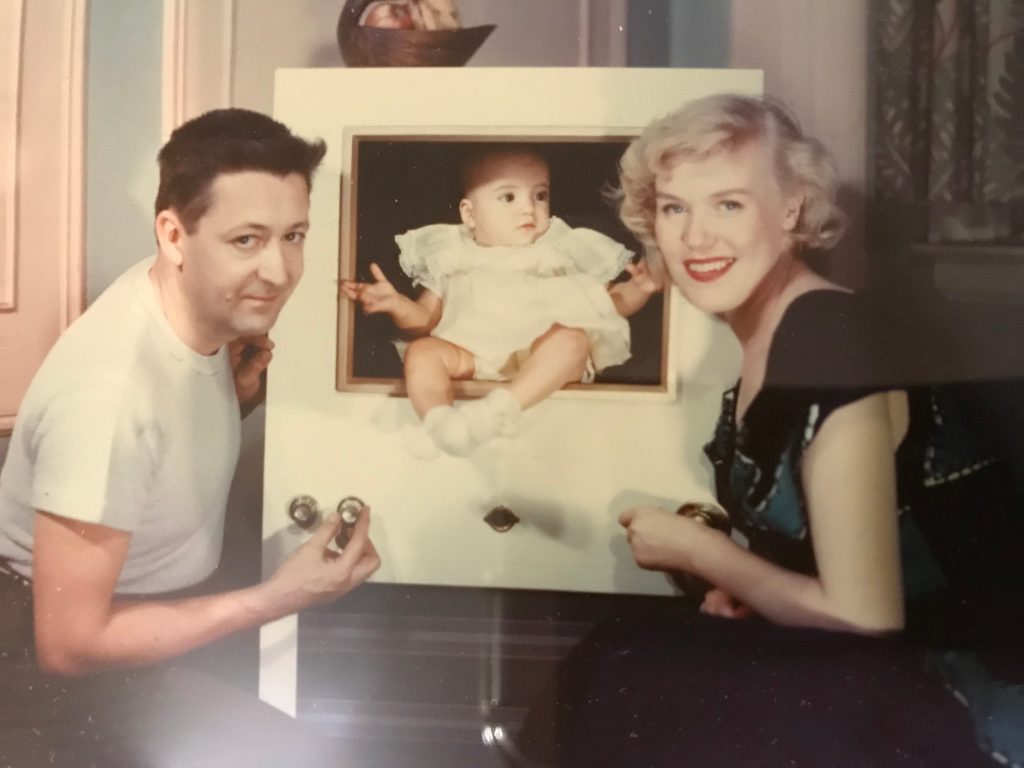
Traditionally, a swinging couple "is supposed to be in the swinging event together, and it's supposed to cement or unify their relationship," Jacobsen explained. That makes the lifestyle different from open relationships or polyamory, in which one member of the couple builds a relationship outside their primary partnership.
But Jacobsen said that when she was a teen, her mother broke the rules of swinging by having a relationship with another participant. Her mom's lover and confidant would "hang out" at their home, Jacobsen said, calling it a "stressor for my father and me."
One night in 1968, she had a fierce argument with the man, whom she recalls exclaiming: "What do you know? You don't even know that your father's Black!"
Jacobsen said her mother started screaming. "Oh my God, you promised you'd never tell," she recalled her saying.
When her mother had calmed down, Jacobsen said, she showed her daughter a faded photograph hidden in the leaves of a book. "I think this might be your biological father," Jacobsen said her mother told her. "He was a light-skinned dancer from the Bahamas."
"I thought to myself, 'What the hell is going on here?'" Jacobsen said.
A few hours later, she told her father. "He replied, 'Well, that's ridiculous,'" she recalled. "'You look too much like my mother for that to be true.'"
Jacobsen said the truth about her conception was pushed under the rug
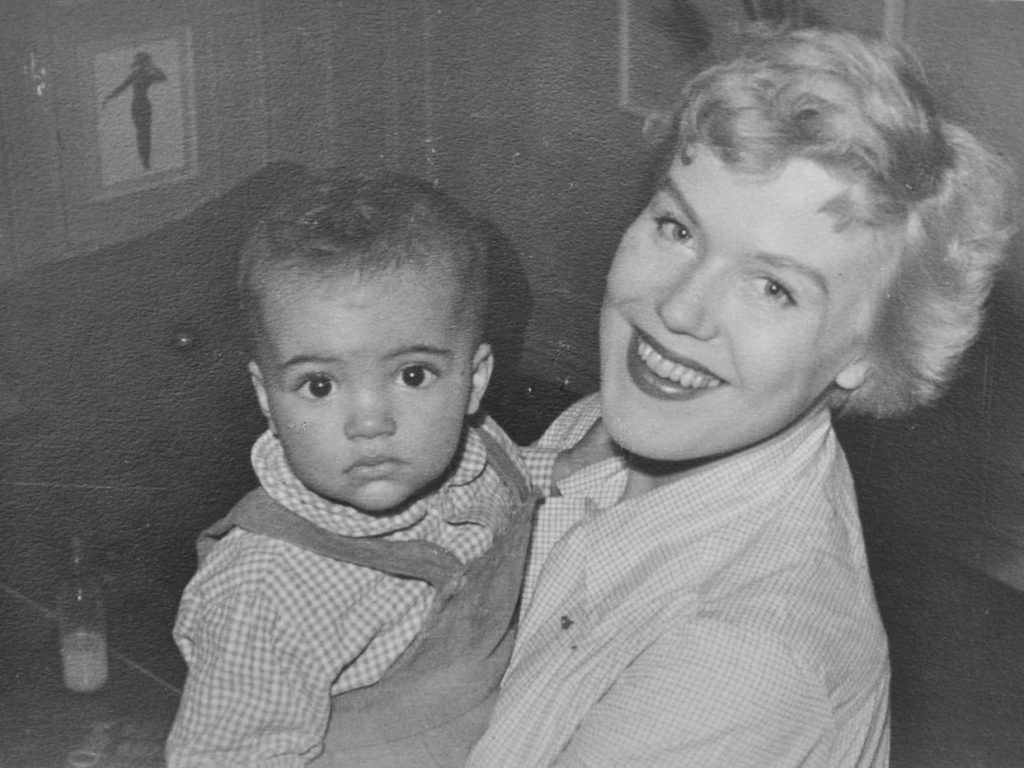
Jacobsen said she wasn't surprised that the conversation ended there. "Our family had a long tradition of burying secrets," she said. "They'd be conveniently forgotten about."
"It was easier for my mom, my dad, and me to sweep uncomfortable things under the rug," she added.
Jacobsen's parents died years before her 23andMe test. After she matched with the Black woman, the pair used their DNA information and family trees to determine that her biological father was probably the woman's uncle, Paul Meere Jr. Since he'd died decades ago, there was no way to prove he was the one, Jacobsen said.
But biographical evidence supported their conclusion. Meere's family members told Jacobsen he was a talented dancer whose family came from the Bahamas, as her mother had said. He had served as a Marine in an all-Black unit in World War II, and had been living in New York City at the time Jacobsen was conceived. He'd died at the age of 61.
"My cousin sent me some links to old stories about his career as a performer," Jacobsen said. "He looked so similar to me."
Her first cousin introduced her to some other relatives who'd heard through the family grapevine that Meere had had numerous relationships. And Meere's former wife, whom Jacobsen later tracked down, confirmed that Meere had a reputation for swinging in the early '50s.
"I read a pile of letters that he'd written to his ex-wife," Jacobsen said. "He made it clear that he didn't want to be with one woman and tied to a family."
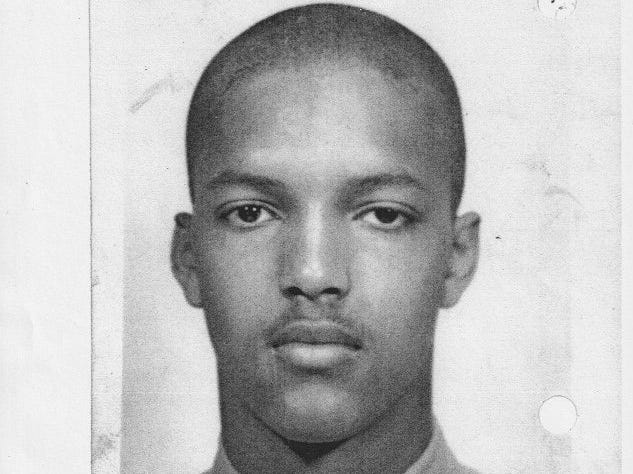
Jacobsen said the revelation made her more aware of the white privilege she'd grown up with
Jacobsen later identified seven children of Meere's, who would be her half siblings. After being raised as an only child, "it felt otherworldly," she said.
She started writing about her experience "as a form of therapy," she said. Her book, "Dancing Around The Truth," was released in 2020.
"My genealogy has made me look at racism through a new set of eyes," Jacobsen told Insider. "I spent most of my life not paying much attention to the inequality that exists among people of color."
"It prompted me to look more carefully at my white privilege and educate myself better," she said. "I'm still unfinished in terms of finding my identity, but now that I know my truth, my emotions are in a fairly settled place."
Do you have a powerful story to share with Insider? Please send details to [email protected].
Dit artikel is oorspronkelijk verschenen op z24.nl
